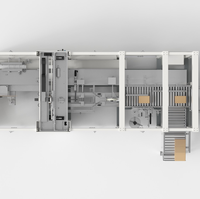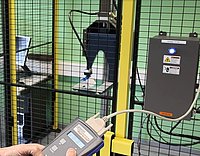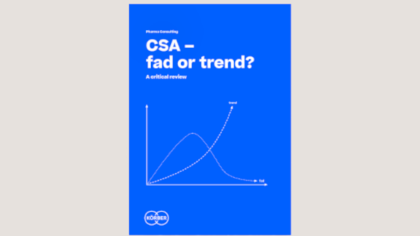What’s new?
It should have become clear by now that the ‘CSV Pain Points’ listed above are a mixture of valid criticism, wrong accusations, and arguments intentionally linked to CSV, though they are unrelated. Truth be told, many arguments are not CSV- or CSA-specific, but relate to agility, quality, digitalization, automation, lean, etc.
All the promises that come with CSA (“better quality products”, “faster time to market”, “higher profitability” etc.) have yet to be proven, and the line of argument lacks a rationale why this cannot be achieved through CSV.
As a patient and consumer of medical treatment, I’d rather see the product, the process, and the system rigorously tested. I want a minimum of evidence (i.e. documentation) to be provided, and the validation process reviewed to minimize risk, and to increase my level of confidence.
Do I dislike or disapprove CSA? No, I do not! However I do not agree to the messages that strive to discredit CSV or portray CSA as a silver bullet for validation or compliance.
Let’s put things in perspective: CSA is a new term for a slightly different concept of ‘CSV 2.0’, emphasizing existing approaches like risk management, agility, automation, and digitalization. I fully support these trends and specifically like the shift towards more (upfront) thinking and less documentation, as shown in the following picture.
Finally, CSA is often used to promote digital tools for product lifecycle management (PLM), application lifecycle management (ALM), regulatory information management (RIM) etc. While the benefits of these tools may be attractive and the statements may be true, the tools do not relate to CSA in any way.








